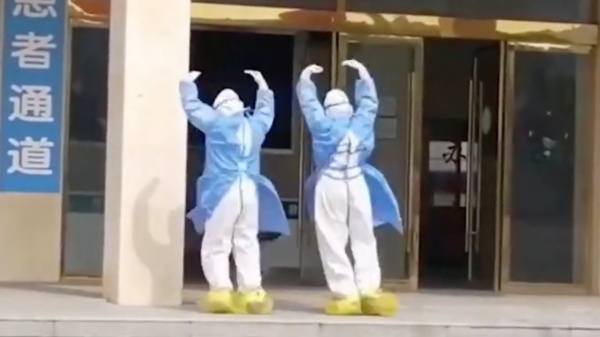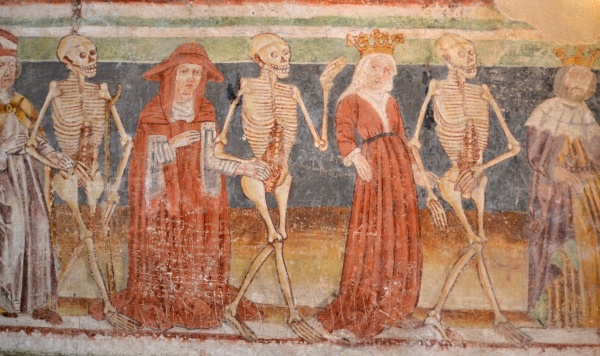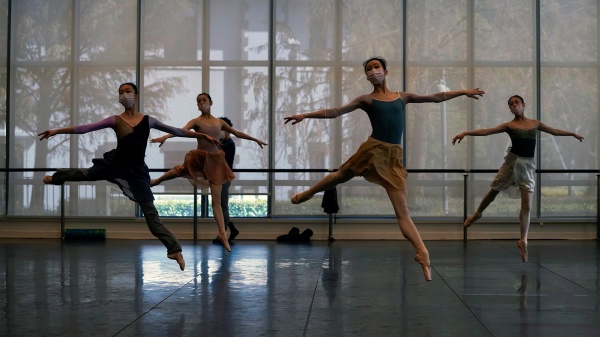PLAGUE DANCING
Posted by Deirdre | Filed under Blog
Dance knows crisis. Many of its finest moments have sprung from the desire to avert crisis, or at least come to terms with its impact on the human community. We know that our prehistoric ancestors danced to exorcise their fear about dying and going hungry. Ochre drawings in the caves of France depict men and women dancing in front of engorged bison and deer — animals that, if successfully killed, could sustain the life of the group.
Kings and queens of old used dance to unite their nations during times of crisis. Catherine de Medici of France staged enormous dance spectacles in the 16th century. But the presentations were seen as investments in political stability, in public morale. Through dance, Catherine averted all-out war with a rival country.
But natural disasters such as the Black Plague could also decimate populations. No one was spared, giving rise to the danse macabre, a medieval allegory illustrating the universality of death. The dance of death, to translate from the French, was also a real thing. People danced maniacally in the streets when faced with the inevitability of death by the plague— either out of defiance or a last ditch attempt at doing something pleasurable with their bodies. Spontaneous outbreaks of dance occurred even when there were no known fatalities. The dancing plague of 1518 saw up to 400 dance en masse for days in Strasbourg and for no known reason. Other dance epidemics occurred elsewhere across Europe during the plague years, as documented by physicians and astonished members of the clergy.
In our own pandemic times, dance floods various social media channels, posted by people recording themselves fervently dancing through weeks of home confinement. Professional dancers shut out of theatres due to Covid-19 now also dance at home where they video themselves doing a ballet barre holding onto the back of a chair or improvising to music in their kitchens. The dance goes on, even in times of crisis. Here’s why.
Dance is vitality personified; it radiates energy. Even when when performed at a time of mass death, dance pushes back at the limits of mortality. It rages against the end of things. An empowering act of defiance. That is why it is so cherished. In times of crisis, dance reminds us of our stores of potency. It connects us to each other and to life’s natural rhythms. An impulse that renews, no matter how cold or dark it gets out there.



